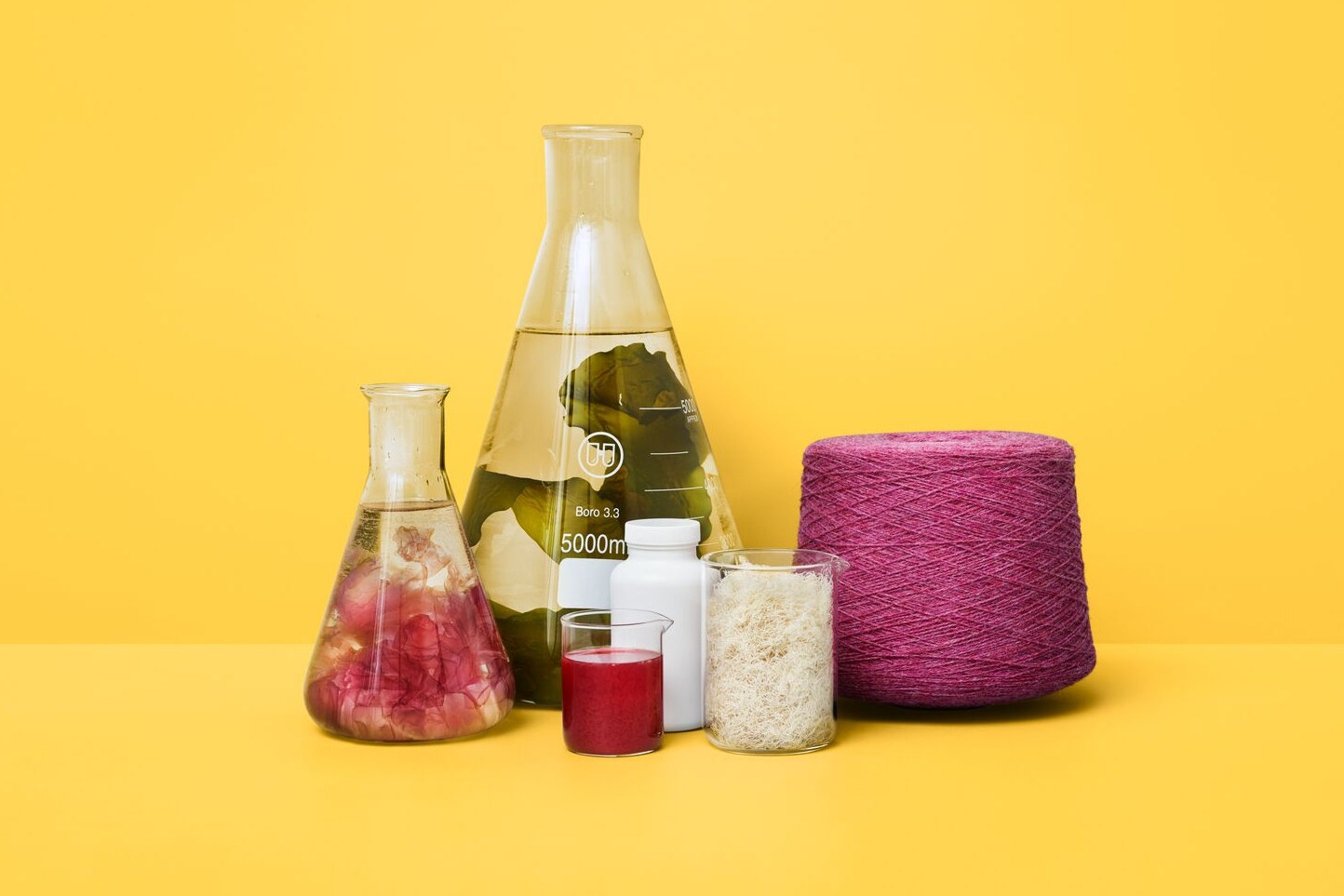
H&M Foundation and Fotografiska Stockholm partners to highlight planet-positive solutions
YarnsandFibers News Bureau 2021-12-31 11:45:45 – SwedenSweden's non-profit H&M Foundation and prominent photography museum Fotografiska, have teamed up to inspire action in support of the UN's Sustainable Development Goals using the power of visual communication. It will look into what a planet-friendly fashion sector might look like, as well as how to speed up the development of inclusive societies.
The two-year collaboration begins with Tobias Gremmler, a visual artist and multimedia pioneer, and his exhibition The Changing Room at Fotografiska Stockholm. The artist leads Fotografiska's guests on a journey to imagine a world where clothing can grow directly on human skin through a variety of inventive conceptions in a scenographic media presentation.
In the 3D inspiration room ‘The Future is Here’, seven examples of planet-friendly solutions that can revolutionize the fashion industry are presented to further raise awareness about how innovation can drive transformation. According to a press release from H&M, this online tour allows anyone to learn more about these concepts from the comfort of their own home.
Diana Amini, global manager at H&M Foundation, said that they want to raise awareness about the huge impact that sustainable fashion innovation can have if it is given the chance to scale. In the innovation area, people may try on a t-shirt made of air-trapped carbon dioxide, shoes produced from wine-making scraps, and cotton grown in a lab. These solutions exist and give back to the world instead of taking from it, which is one of the keys to making the fashion business more environmentally friendly.
The seven solutions reflect various segments of the fashion industry's value chain and come from all around the world. They are former winners of the annual innovation competition Global Change Award and instances of H&M Foundation's open-source work with The Hong Kong Research Institute of Textiles and Apparel.
In addition, Accenture calculated the positive impact each of the technologies may have on the globe in 2030 if given enough support and scale-up opportunities. One of the ideas has the potential to save 80,000 million liters of water, the equivalent of what 115 million people drink in a year. Another option might cut CO2 emissions by 720,000 metric tons per year, roughly equivalent to the whole life-cycle emissions of 120 million polyester T-shirts.
Market Intelligence
Ask for free sample Report

experience
Customer Base
dedicated team
Countries Served Worldwide









